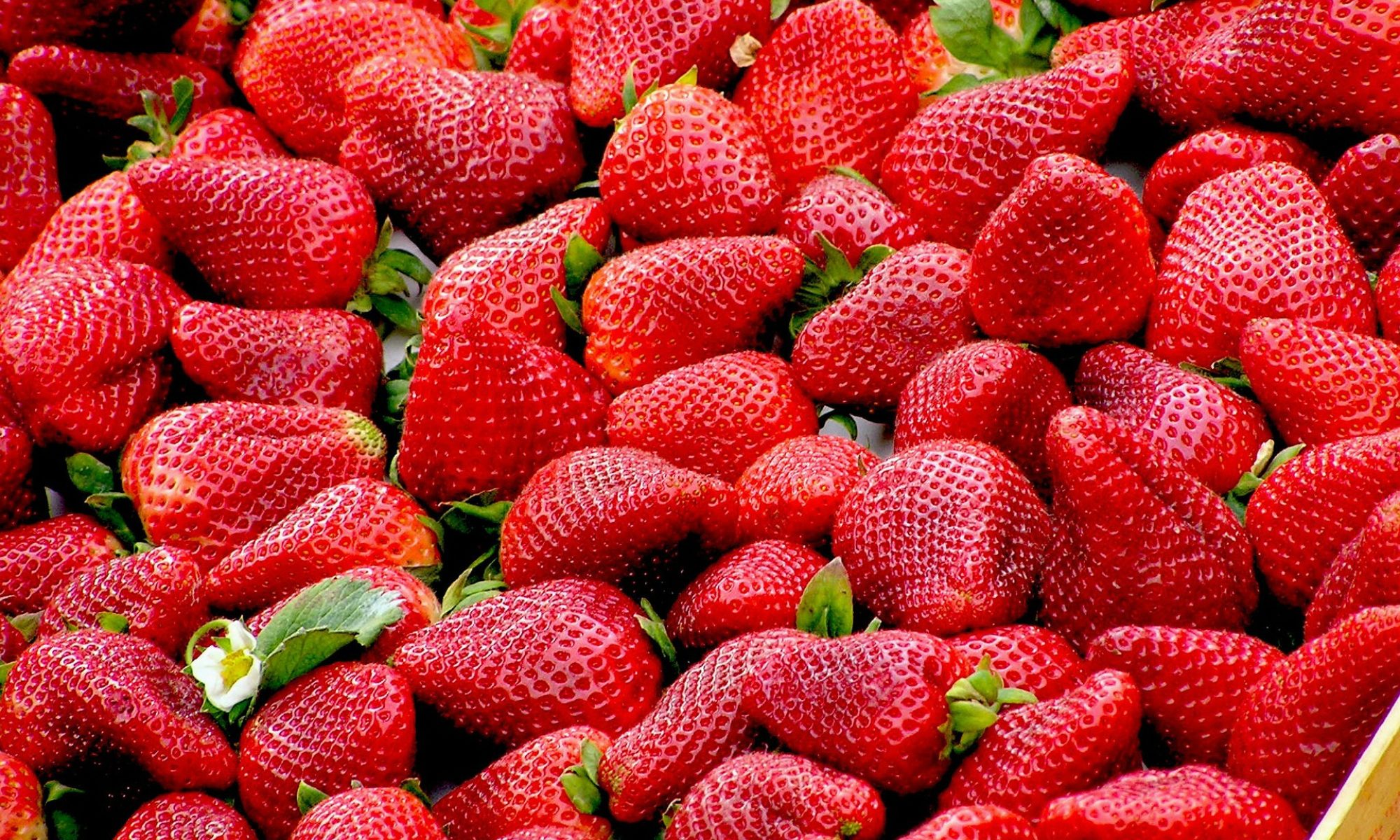Home > Orange fruit nutrition facts > Child hazards – Potential hazards at home
Take steps to protect your children from potential hazards as no home can be considered 100 percent safe. In young children and babies the sense of fear is still developing and they may not be able to differentiate a potentially hazardous knife from a toy.
It is very important not to leave a child alone while engaged in playing or engrossed in other activities at home or outside. Childproofing your home from potential hazards is a must, especially if your family members include a young child.
WHO reports that nearly 90% of the injuries to children are the result of unintentional or accidental incidents. Every year 830,000 die from hazards (nearly 2300 each day). Many of the lives could have been saved had special care been taken to identify and remove these potential hazards.
Crib hazards
A child may try climbing out of the crib and suffer a fall. The crib railing should be of sufficient height to deter him. He may even try piling up the pillows and toys to do it. It will much better to have the crib as sleep space only. Sleeping on stomach on a pillow may suffocate a child.

Choking hazards at home
Most of the choking incidents happen to smaller children due to food choking their airway. Toys, button batteries, balloons, marbles, small balls, caps of bottles, magnets, popcorn, whole grapes, coins, all nuts, household items and food can be potential choking hazards in our homes.
When children are eating keep a close watch and ask them to chew the food well and then swallow. They should eat in a sitting position. Very sticky food can potentially choke.
Suffocation and strangulation hazards at home
Suffocation may happens to a child in cribs and beds. Pillows are potential suffocation hazards. The outer and inner chords of window blinds may strangle. Cords and ropes are potential hazards and must be out of reach for them.
Drowning hazards at home
Water means fun and play for most of the youngsters. However a small child can drown in a few centimeters of water in a bathtub or a bucket at home. 1-4 year old are the most vulnerable. Globally 480 children die from drowning every day.
Emptying all water containers is one solution. Having the toilet seat securely covered is a way of preventing the potential hazard at home. If you have a private swimming pool at home having a safety barrier around it will reduce the hazard.
Burns
Children are always curious and may try to touch potential burn and scald hazards like heaters, hot water pipes, vessels and cups containing hot beverages, kerosene stoves, lanterns, open flames, lighted candles and hot electric appliances at home. Older ones trying to play with fireworks may suffer burns.
Playing with lighters, matches and open flames had caused many fire accidents at many homes. Installation of smoke and fire detecting alarm and maintaining it can prevent many potential home fire accidents. Care must be taken to keep all inflammable and electric equipments out of reach of children.
Falls, cuts and injuries at home
Young children try to climb on to chairs, bookcases, tables and other furniture at home. If the furniture is not secured well it may get toppled easily. Heavy furniture can lose its stability when its doors or drawers are open. Falls are the leading cause of brain injuries in children.
Forearm fractures also are caused in many of children due to falling from a height. Falling down the stairs is another common incidence in homes. Installing secure gates to stairs and installing window guards can reduce this potential hazard to children. Potential kitchen hazards like knives, glass items and plastic bags must be kept out of reach of children at home.
Cover electrical outlets at home to prevent shocks and burns. Washing machines are also potential safety hazards and youngsters may injure themselves while the machine is running. Exercise equipment at home like treadmills can be potentially hazardous to children.
Poisoning
Our homes have potential poison hazards for children like, medicines in tablet and liquid forms, detergents, disinfectants, insecticides, rodenticides, fuel oil, paraffin oil, bleach, and poisonous plants.

We have to keep them out of reach of youngsters under lock. Medications contribute up to one third of the poisoning cases. Install latches on any cabinet or drawer that contain potential hazards.
Hazards with pets
Children are potentially vulnerable to dog attacks as a result of their size. Bites to the head and neck are common in youngsters and as their face is usually close to that of the dog. No matter how lovable are your pets they are animals and can become health hazards as they may spread parasites and infection.
It is necessary to keep pets clean and free from diseases. Sometimes they may physically injure a child. It is very necessary to avoid direct contact with a pet and to supervise closely if your child and pet are together at home.
Popular topics in Nutrition, Health & Wellness:
Magnetic Resonance Imaging (MRI) benefits and risks
Horseradish juice health benefits
Pineapple fruit nutrition facts
Social anxiety depression disorder
Coping with dry skin in winter
1.Image of child playpen
Image source: https://en.wikipedia.org/wiki/File:Laufgitter.png
Image author: Kingofears
Image license: https://creativecommons.org/licenses/by-sa/3.0/deed.en
2.Image of bottle with child-resistent cap
Image source: https://en.wikipedia.org/wiki/File:Aspirin1.jpg
Image author: Mosesofmason
Image license: https://creativecommons.org/licenses/by-sa/3.0/deed.en
References:
1.International Association for Child Safety, Inc
2.The U.S. Consumer Product Safety Commission (CPSC)
3.WHO – World report on child injury prevention
Current topic in Nutrition, Health & Wellness: Potential child hazards at home.
